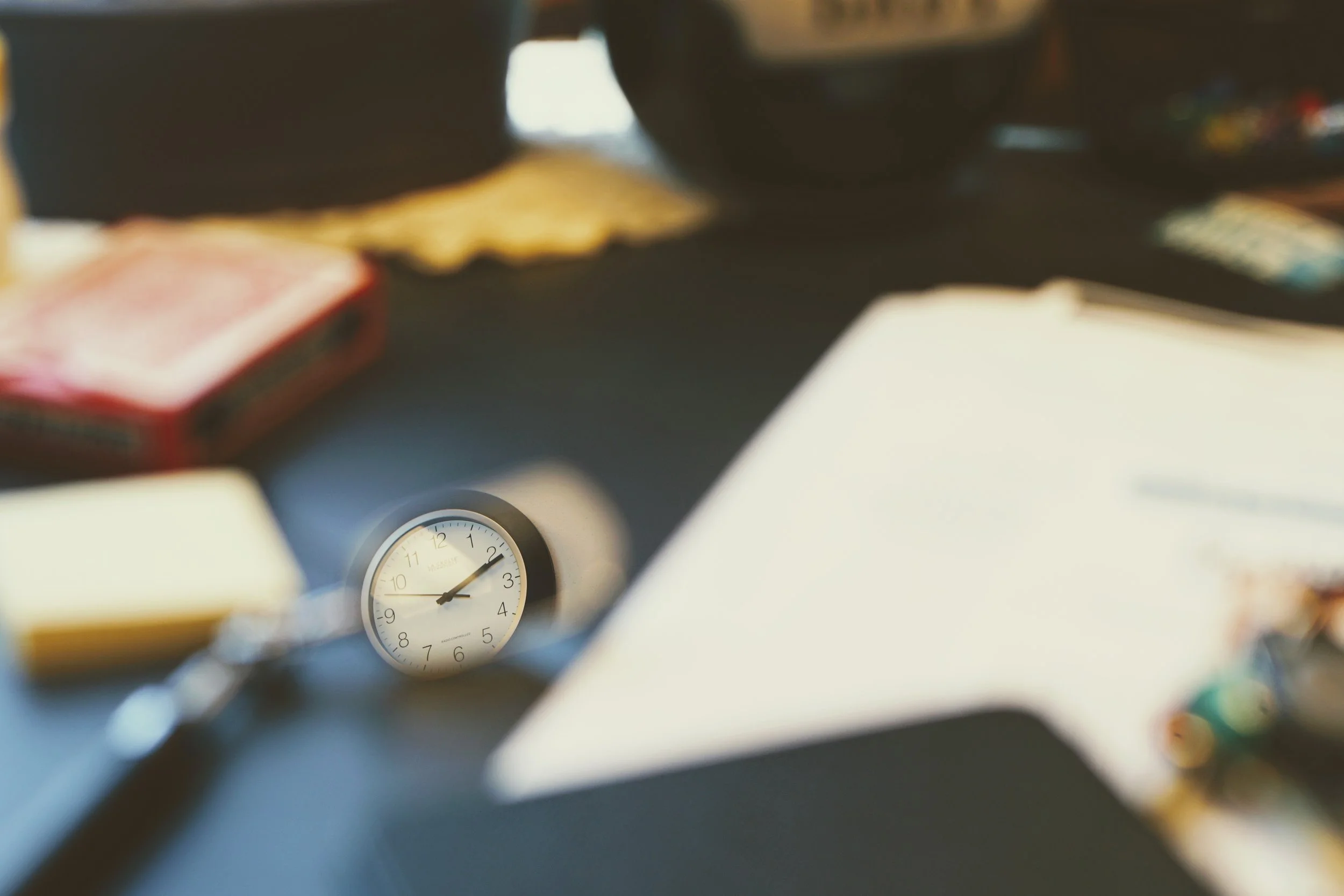Is Now The Right Time To Buy?
/The credit Crisis And You
First Published ADawnJournal.com : May 10, 2009
The fact that the financial markets are currently in a total mess has led many people to question whether getting on the real estate ladder is quite safe. As the news reports continue to resemble some kind of reality TV show by the title of “When Mortgages Go Toxic”, it is only to be expected that people should be reserved in terms of going after that new house – if things go wrong they could end up in poorer financial shape than they ever had imagined. But as with everything, there are two sides to the situation. You need to take into account things other than the turmoil that the market is in, and get an idea of exactly where you stand – because the truth of the matter is that no two situations are exactly the same.
The people who will really lose out in the current market are those who have a poor credit score along with those with a dubious score. As little as one missed or incomplete payment, or any reduced payment agreements with creditors and you could be judged as a credit risk in the current market. If, in addition, you need to sell to buy, then you are looking at getting less for your current house, and the shortfall may be too much to make up. It is not the time to upgrade your living arrangements, nor get into property developing for profit if you are in any of the above situations. Aside from people in these cases, however, there is still some scope. After all, the banks cannot stop lending completely – it is still an important income for them.
The credit crisis has meant that banks need to be more careful about who they lend to. Seeing it from their point of view, it is entirely reasonable that they could look at an individual’s credit file, see black marks against their name and be more than a little bit reticent about lending large sums of money. They need to protect their investments, and it was irresponsible lending on the part of major banks that precipitated the crisis in the first place.
If, however, you have an excellent credit history – the longer the better as it is long-term control of lending and repayment that they are looking for – you still stand a good chance of getting a loan, and the market is depressed at the moment, meaning that the speculator with access to funds is in a very advantageous position.
If you have recently taken out a loan, it may be wise to wait a little while to take out another. If you have the ability to pay off all or most of the loan, it is less important, as the thing that the lenders are really looking out for is overcommitment. Even people in very good jobs are still prone to downsizing – so large monthly repayments are still undesirable. The banks and the borrowers have been given a sobering lesson in the last couple of years, and it would be naïve to think that the rules could stay as they were.













